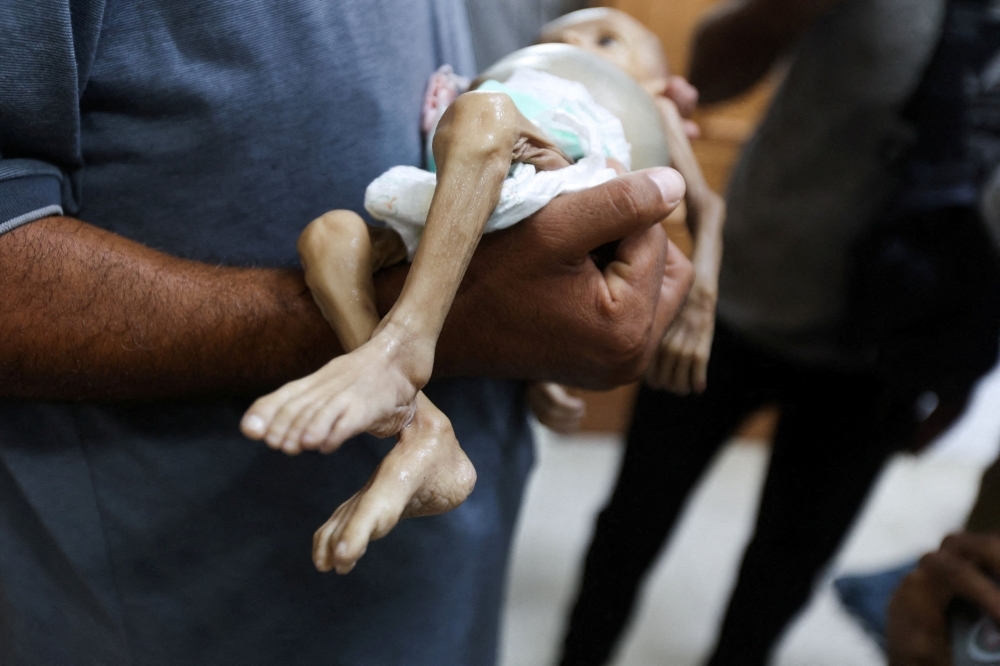Geneva, July 28 – What’s unfolding in Gaza is not a natural disaster. It’s not a result of crop failure or environmental collapse. It is a man-made catastrophe – one that is robbing children of their futures, families of their loved ones, and an entire region of its dignity.
The World Health Organization (WHO) has sounded the alarm once again, stating that malnutrition rates in the Gaza Strip have reached “alarming levels.” Behind these words lies a heartbreaking truth: hunger is not just an unfortunate byproduct of conflict—it’s being deliberately inflicted.
In July alone, 63 of the 74 malnutrition-related deaths in Gaza occurred, including 24 children under five years old. Many died before they could even be treated—emaciated, exhausted, and beyond help by the time they reached medical care.
“This crisis is entirely preventable,” the WHO declared in a statement. “The blocking and delaying of essential food, medicine, and humanitarian aid have taken an unforgivable toll on innocent lives.”
Though Israel announced a limited “tactical pause” in military operations to allow aid to enter, the WHO insists that this is not enough. What Gaza needs is sustained, uninterrupted access to aid—particularly nutritious food, life-saving medicine, and therapeutic treatments for children.
WHO chief Dr. Tedros Adhanom Ghebreyesus didn’t mince words: “This is mass starvation—and it’s man-made.”
In Gaza City, nearly 1 in 5 children under five are acutely malnourished. Since June, the rate of children aged six to 59 months suffering from acute malnutrition has tripled, making Gaza City the most severely affected area.
And these numbers likely underestimate the crisis, as access to healthcare is restricted. Just in the first two weeks of July, over 5,000 children under five were treated for malnutrition—18% with the deadliest form: severe acute malnutrition.
The tragedy isn’t confined to children. Over 40% of pregnant and breastfeeding women are now severely malnourished, compromising both their lives and the future of their newborns.
The humanitarian infrastructure is buckling under the weight. Only four specialized treatment centers remain operational, and they are overwhelmed.
Adding to the misery is the collapse of water and sanitation services, leading to widespread illness, infections, and further deaths. And perhaps the most gut-wrenching reality: families are risking their lives just to find a few scraps of food.
According to the UN rights office, over 1,000 Palestinians have been killed by Israeli forces while attempting to access food aid since the Gaza Humanitarian Foundation began distributing supplies in late May. Three out of four died near aid distribution points.
In the words of the WHO: “It is not only hunger that is killing people, but also the desperate search for food.”




